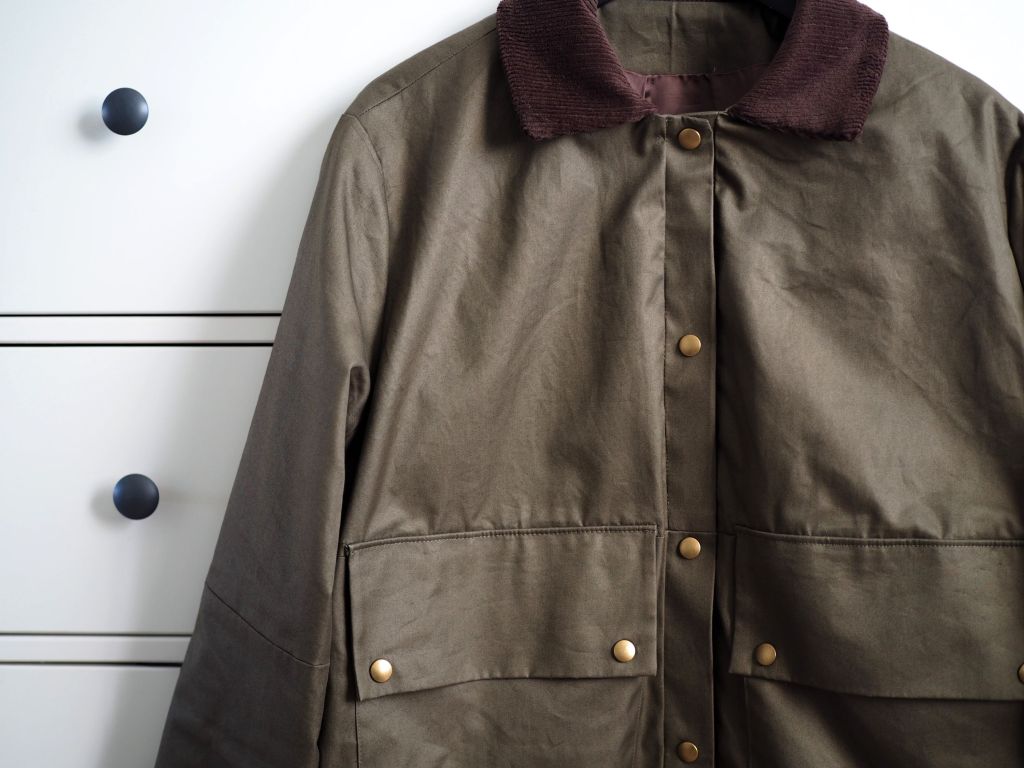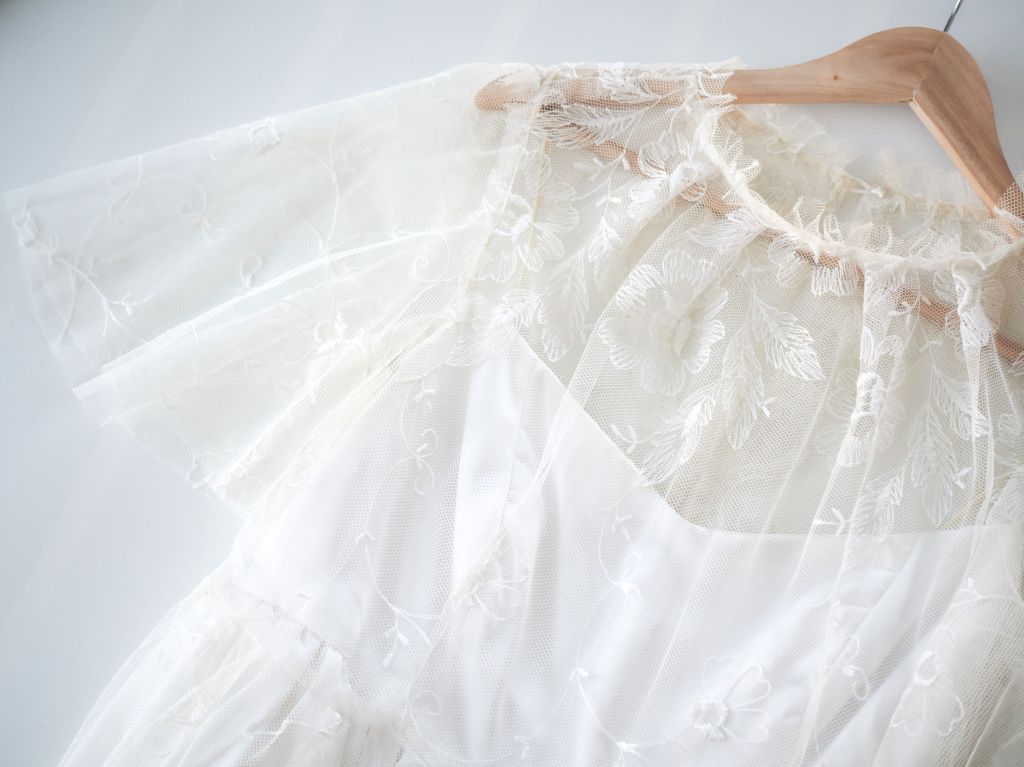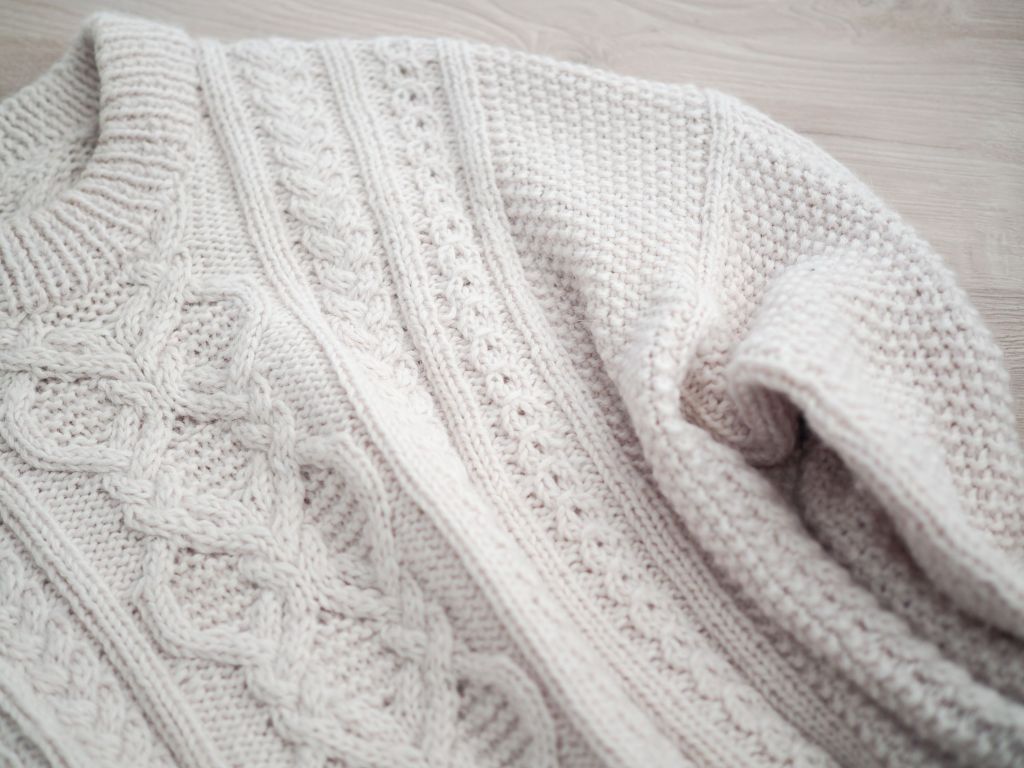Handmade ultra fast fashion garments


This article was previously published in Finnish in Talk publication portal.
Making clothes is a handcrafted process that requires several steps. For consumers, the price of cheap clothes is paid by underpaid workers.
Have you ever sewn your own clothes? If you have, you know it doesn’t happen overnight.
I’ve sewn a range of garments myself, from a ball gown to a wedding dress, and from a wool jacket to light summer dresses. My latest sewing project is a green jacket, and sewing jackets in particular always makes me think, as they are a bit more complicated to make than, say, a t-shirt or a simple dress.
Even if you don’t know how to sew, the thought experiment of making clothes yourself is still worthwhile, as it makes you realise how many steps are involved in making clothes: someone has to design and make a pattern for the garment, get (or grow) the raw materials and make the thread and fabric. In most cases, the patterns must first be copied on a separate piece of pattern paper after which the patterns are laid out on the fabric, the necessary markings are made and the pieces of the garment are cut out of the fabric.
The same operation is carried out on the interfacing and any lining fabric. The interfacing is then ironed in the required places and any darts are sewn in. The garment is then sewn together, the seams ironed, fitted, unpicked if necessary, shaped and finally finished.

When attaching the sleeve to the front, I thought it would be easier – and often cheaper – to buy my jacket in a shop. You can get a jacket for a few euros in a fast fashion store. I wouldn’t sell my homemade jacket for so little – the material and manufacturing costs are many times higher.
Of course, sewing in my own home cannot be compared to the mass production of industrial clothes, because the efficiency of a garment factory is different from what I can achieve in my own home. But it’s good to stop and think about what a few euros of clothing leaves the manufacturer with. Not much: it is estimated that only 2% of garment factory workers are paid a living wage (see e.g. San Segundo n.d.; Earthday 2024.) According to the Fashion Checker website, a t-shirt costing 29€ pays 0.18€ to the maker.
Someone is paying a high price for our clothes, but it is probably not the consumer. The clothing industry is a modern form of slavery and exploitation. Sewers, most of whom are women, work in unsafe conditions and child labour is not uncommon (Collective Fashion Justice n.d.) The real price of clothing is paid by underpaid and exploited workers.

There’s always a human being behind the clothes
Sometimes you see clothes advertised as handmade. The word ‘handmade’ evokes positive images in many people and can be seen as a sign of quality and perhaps even responsibility. However, many people forget that all clothes are handmade, including those from ultra fast fashion shops.
There is no robot or machine that can sew clothes. Some stages of garment making, such as cutting the fabric, can be automated, but the sewing itself is still a manual process. Attempts have been made to automate sewing, but robots cannot handle fabric in the same way as humans because fabric bends and stretches. For the time being, only human hands can handle such material. (Bain 2022.)
As I looked at my finished jacket, I thought that while many people appreciate handicrafts, the same appreciation is not evident in industrially produced clothing. The clothes I sew or knit myself are often praised and many people say they couldn’t do it themselves. But how many people go to the shops and think the same about the clothes hanging on the racks in the shops?
Another contradiction is that knitters, for example, may, at least in my experience, be aiming for a knit that looks like it was bought in a shop. Mistakes in knitting are a ‘sign of craftsmanship’ and not desirable. So a knitwear that looks like a shop-bought garment is the goal and a guarantee of quality, even if at the same time we treat shop-bought garments as disposable.

I’m not a very good or precise in sewing myself, and I find that the clothes I buy in the shops are mostly well and skillfully sewn. Store-bought clothes deserve the same appreciation as self-made clothes.
The Fashion Revolution Week in April is a reminder that clothes are always made by someone. It urges you to ask clothing brands who made your clothes. So take a fresh look at your wardrobe: think about what it took to make your favourite trousers or jacket. Think about the people who made it possible for you to wear the clothes you love.
Appreciate your clothes, because they are handmade.
Marketta Virta
Project advisor
Turku University of Applied Sciences
The article was written as part of the Baltic2Hand project, which promotes the reuse of textiles and reduces textile waste by creating new business models for operators of second-hand clothing. The project involves the circular economy business models research group of Turku University of Applied Sciences. The Baltic2Hand project has been funded by Interreg Central Baltic 2021–2027 and partly with the support of the European Union.
References
Bain, M. 2022. Why Robots Still Can’t Do One of Fashion’s Most Important Jobs. Cited in 13.3.2025.
Collective Fashion Justice n.d. Garment workers. Cited in 3.4.2025.
Fashion Checker n.d. About Fashion Checker. Cited in 3.4.2025.
San Segundo, I. n.d. Do You Know How Much Garment Workers Really Make? Cited in 25.3.2025.
